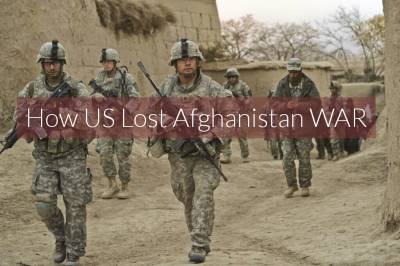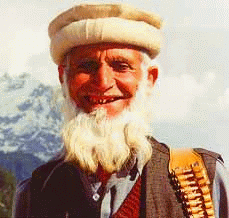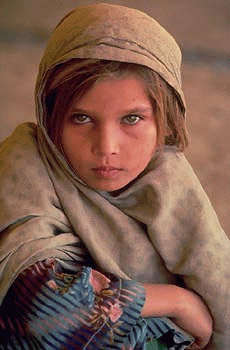It has always been said about Afghanistan that it can be invaded and occupied easily but it is very difficult to hold and control it. Afghans have a history of resisting foreign invaders. The British imperial power failed in all three attempts to occupy and control Afghanistan. The Soviets were to learn the same lesson. In the beginning, the Soviet army was successful in occupying and controlling Afghanistan.
The Numbers Given Below are Not Accurate:The Are 10 Times Higher:Afghan Refugee Camps in Pakistan Province of KPK, Balochistan,Punjab
General Zia stood against the spread of communism. He reiterated his solution to the Afghanistan crisis in 1983 in New Delhi. He said that Pakistan has given political asylum to millions of Afghans. He demanded the expulsion of Russian forces from Afghanistan. America responded to the call of Pakistan and flooded Pakistan with monetary help to finance the anti-communist regime in Afghanistan and to equip the freedom fighters. The freedom fighters, the mujahideen, put forward a strong resistance to the Russian invasion. Although the Afghans suffered enormous causalities in the beginning of the war but the turning point in the war came when the U. S. supplied them with surface-to-air Stinger missiles.
danger. As Pakistan was a frontline state, huge amounts of money, military equipment and aid arrived in Pakistan. The huge amounts of aid that poured in propped up Zia’s government. With the Afghan problem, a new phase of modernization of the military began. The arms provided to Afghanistan freedom fighters were also provided to the Pakistan Army. As a result the Pakistan Army became better equipped.
Other than the problems faced due to the Afghan War efforts, the Soviet Empire was breaking apart at the seams. This led the Soviets to seek peace in Afghanistan. Negotiations on Afghanistan were carried out under Zia’s Government, and the Geneva Accord was signed on April 14, 1988, under which the Soviet Union agreed to withdraw its forces in two installments .The Soviet Government lived up to its commitment of withdrawal of forces according to the agreed timetable.
The victory in Afghanistan was achieved at a great cost to Pakistan. It had to look after and feed more than three million Afghan refugees that had crossed over to Pakistan. The refugees were a great economic burden on Pakistan. Not only this but, they also caused the problem of drugs and gunrunning in the country.
Long after the Soviet forces had left Afghanistan, fighting continued between the various factions of the mujahideen. With the emergence of the Taliban, Pakistan found itself an ally in Afghanistan that enforced peace and virtually eliminated the drug cultivation. After the September 11 tragedy of 2001, world attention again focused on Afghanistan as they considered it as training grounds of terrorists responsible for the tragedy. The Talibans were removed by power and a U. S. led coalition installed an interim government in Afghanistan, which till today keeps a fragile peace in the country. Meanwhile Pakistan continues to suffer numerous problems from the legacy of the Afghan War such as refugees, drugs, guns, crime, and terrorism.
Courtesy:
A great site for history of Pakistan
http://storyofpakistan.com/the-afghan-war-settlement
This article was last updated on Sunday, June 01, 2003.
Additional Readings:














